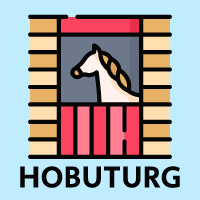We spoke about a stallion called Vapsikas in the story of the Estonian Native horse, and there is reason to bring him up again in connection with the Tori. The first foundation of the Tori breed was laid on the mare descendants of Vapsikas and this was obviously done in the Tori Stud. The Tori horse is probably the finest outcome of Estonian horse breeding.
The Tori Horse, in Short
The Tori Stud was founded in 1856, which was a year after Livonian nobles had decided in the Diet that they had to do something serious to protect and better the Estonian Native breed. At least, that is what was said to the Russian government to obtain a licence to found the Stud. The story of the Tori horse is obviously intertwined with the story of the Tori Stud. We can summarise the historic direction of the breeding work in the following points:
- Attempts to better the Estonian Native Horse, 1856-1880,
- Giving up on the previous and focusing more on breeding speedier horses, 1880-1908,
- Creating a new breed – the Tori horse – 1908-1920,
- Developing the breed through pure breeding in the direction of a versatile farming horse, 1920-1973,
- Using Hannoverian stallions to make the Tori even more versatile,
- In the near past, the goal has shifted more towards breeding a lighter riding horse, and the agricultural importance of the Tori has understandably diminished.
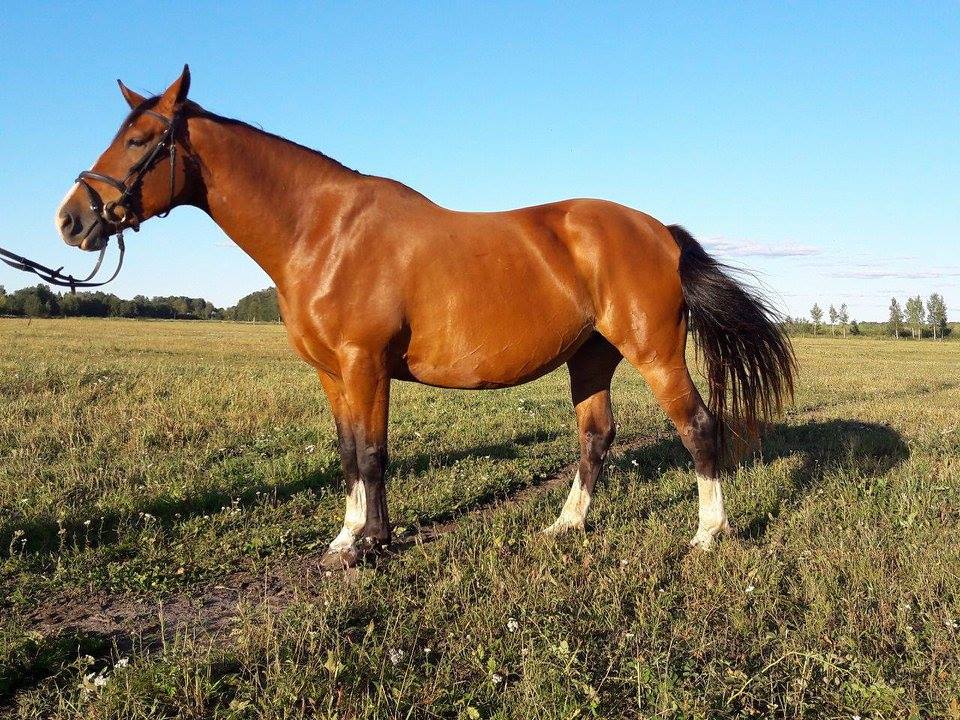
The First Tries
When the Tori Stud was founded in 1856, it was horsed by 47 Estonian Native mares and 7 young stallions of the same breed. The wither height of the mares was supposed to be 135 cm and that of the stallions, 140 cm. In addition, 10 Finnhorse mares and 3 stallions were bought from Finland, and 3 Arabian stallions and 2 trotter stallions from Germany. The purpose of breeding, initially, was to make the Estonian Native more massive. The issue at hand was fast population rise in Estonia, which meant that more food was needed. More capable – but also heavier – farming equipment was introduced, and this necessitated a stronger horse to pull the load without too much effort. The Estonian Native is a fine puller indeed for its weight, but the new agricultural requirements made it too small.

That’s why they started to cross the Estonian Native with the Finnhorse, the Arabian horse, and the Ardennes horse in the Tori Stud. They also used the Orlov Trotter, and the English Thoroughbred; the Hannoverian horse and the Holsteiner. They did not, however, get the results they wanted. The main obstacle to breeding success was probably the fact that the Estonian Native is an aboriginal breed that has adapted so well to the Estonian climate and soil over the millennia that it is very difficult indeed to improve it.
Hetman and His Descendants
In 1892, things got better as F.R. Berg brought a Norfolk Roadster crossbred stallion to Estonia. He was called Hetman and had been born in Poland in 1886. The Tori Stud acquired Hetman soon thereafter and the breeding began to bring better results. You could even say that Hetman was the beginning of the Tori horse because his descendants with many different Estonian Native mares were uniformly good. His offspring were especially good for field work, which made them popular with the local peasantry. They were also good for riding and pulling. The descendants of Hetman started many stallion lines and mare families that were used in the breeding of the Tori horse for several decades. All together, Hetman gave 48 stallions and 37 mares to the Tori Stud that were used in breeding.
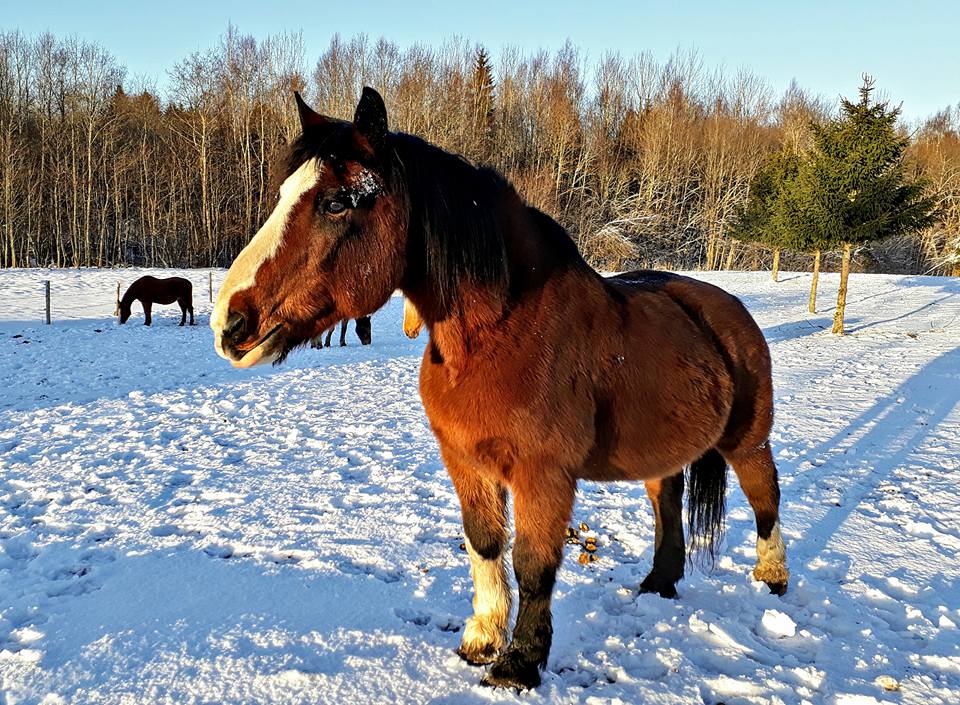
The main components in Tori breeding were still Estonian Native mares that were crossed with foreign stallions of different breeds. The peasants favoured the descendants of Hetman who were good for farm work but the barons wanted lighter riding horses, both for their own use and for sale. For the latter reason they imported many fast horses to Estonia at the end of the 19th century and the beginning of the 20th, and crossed them with Estonian Natives. This did little good for the Tori as a universal horse breed, however. The cross-breeds of speedy (East Prussian, Hannoverian, Holsteiner, and Thoroughbred) horses were unsuitable for farm work, as they were too “hot” in temperament and too weak in the pull.
Shaping the Tori Breed
They got better results by crossing with Norfolk Trotters (which was part of Hetman’s lineage as well) and East Friesian horses who made the Tori more massive and compact. The East Friesian component went into disfavour later because it caused faults in appearance and problems in health but most Tori horses still carried some East Friesian blood in the 1930s.
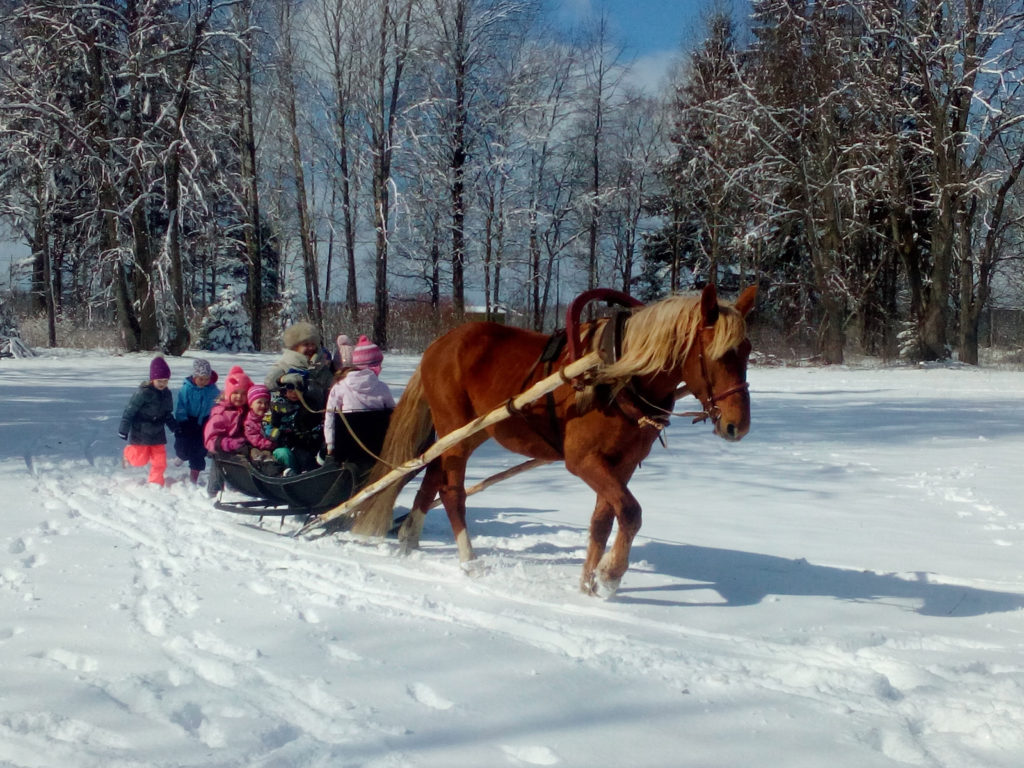
In order to strengthen the positive attributes of Hetman’s descendants and other Norfolk Trotters, they used inbreeding from 1926 to 1936. This caused a crisis, however, as the capabilities of Tori horses started to decline. What they need was fresh blood. Since they couldn’t get stout Norfolk Trotters from England as they had hoped, they brought five Postier Breton stallions from France in 1937, and so increased the number of breeding lines.
The Breton breed comes mainly from the Anglo-Norman horse but also from the Norfolk Trotter and so this breeding component was not entirely new to the Tori horse. (Think back to Hetman, again.) The Breton horses made the Tori more massive and compact but its wither height remained the same. The Bretons are pretty lively and agile for their stout build, and so the speed of the Tori horse was also not adversely affected.
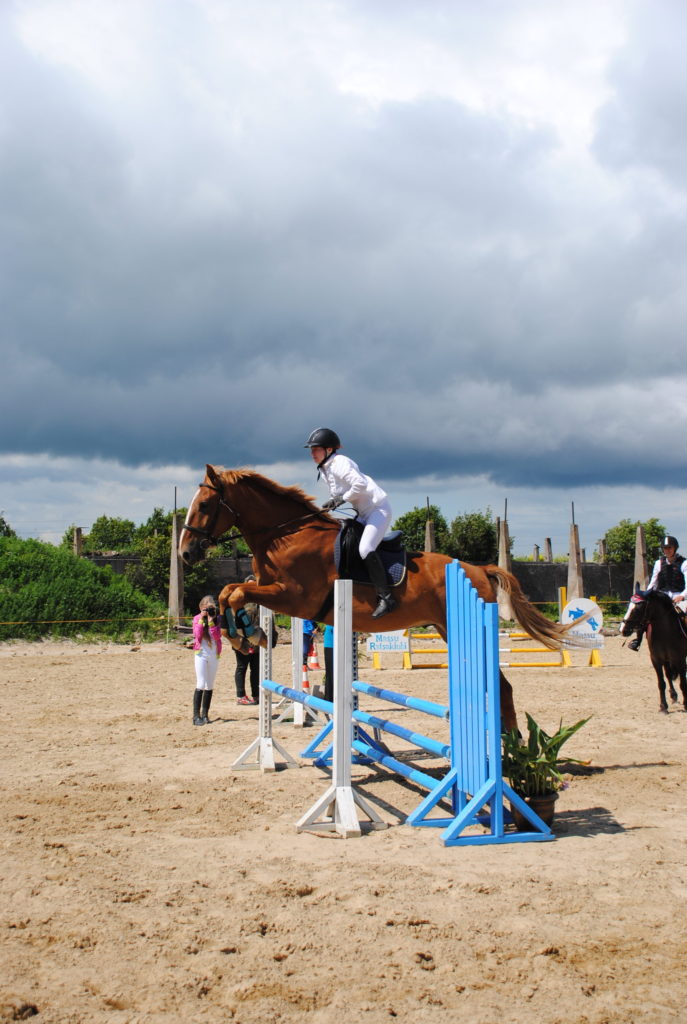
They started the stud book for the Tori horse in 1922, and the breed was initially called the “Tori Roadster”. The Estonian Republic recognised the breed in 1925, renaming it the “Tori horse”, and breed regulations were introduced. In 1933, they divided the stud book into two sections: TA and TB. The heavier Toris went into TA and the lighter ones into TB.
A Versatile Riding Horse
The Tori was developed by pure breeding from 1941 to 1973. In 1973, they started with insertive breeding once again, using Hannoverian and (to a lesser extent) Trakehner stallions, and this was done until 1985. When the Republic of Estonia was restored in 1991, there was wide-ranging crossing with Hannoverians, English Thoroughbreds and other sporty breeds, for the purpose of making the Tori a lighter riding horse. In 2008, the Tori stud book that is held by the Estonian Horse Breeders’ Association (Et: Eesti Hobusekasvatajate Selts) was again split into two sections; TA and TB. The former should be a universal horse who is suitable for farm work, carriage pulling, and riding, alike. The latter is the new type Tori who is lighter and well suited for riding, alone.

Another breeding organisation called the Old-Tori Horse Society (Et: Vana-Tori Hobuse Ühing) got official recognition in 2012. They coordinate the breeding and preservation of the old-type Tori horse and keep a separate stud book. A pure-breed Old-Tori horse – breed mark VT – is a Tori horse whose ancestry doesn’t contain any horses from other breeds since 1945. As an exception to this, they accept some Tori horses who descend also from old-type Hannoverians that were used in breeding in the 1970s. This is necessary to avoid inbreeding, as the Old-Tori population is rather small.
Characteristics of the Tori Horse
What kind of horse, then, is the Tori? It has a lively temperament, a friendly disposition and a strong will to pull. It makes good use of local Estonian feeds, and is relatively low-maintenance. It is easy to train. The dominant colour of the Tori horse is chestnut with white markings on the head and limbs. There is also a lot of bay and red. Its chest and rump are usually well developed. Its musculature is strong and its build is dry. The rump of the Tori horse is oval in shape. There are sometimes faults in the stand. The usual wither height of Tori stallions is 162 cm. Tori mares are very fertile, getting 86 foals per 100 mares on average.
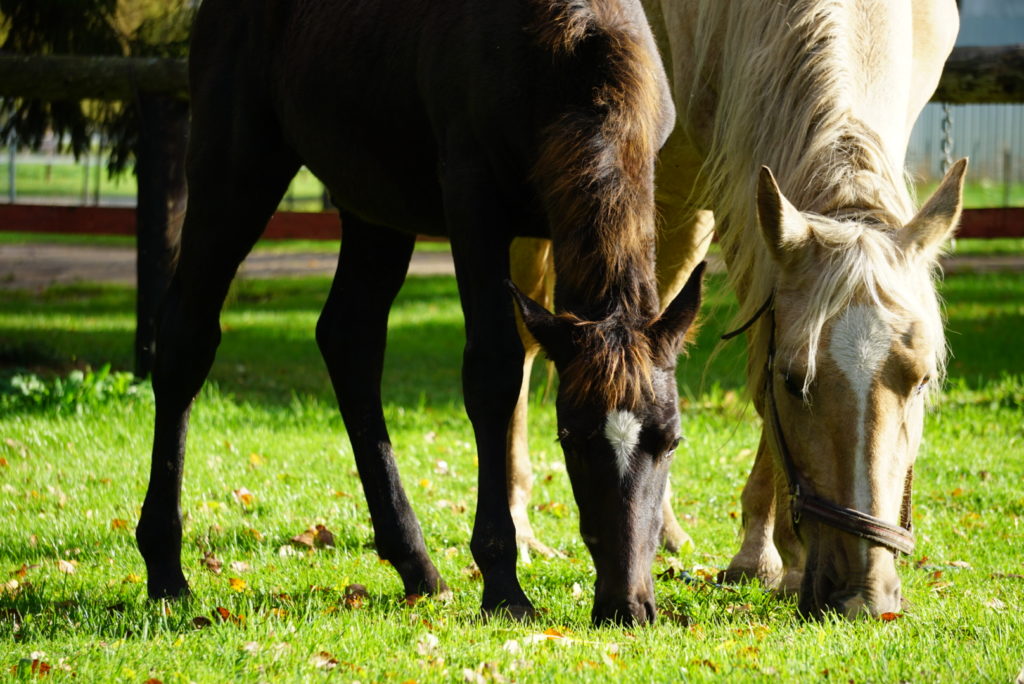
Tori horses have significant sporting achievements. We should definitely bring up the mare Aroonia who claimed the Championship of the Soviet Union in 1989 in the Harness Horse Triathlon. The Soviet record in the relative pull is held by the Tori stallion called Laser and this is 126 per cent of the horses body weight. The Estonian record in the walk is held by Aaker, another Tori stallion. A Tori horse has achieved 2.15 meters in the high jump – this was done by the TB type stallion called Opaal.
Written by Kristjan Korsten, the editor at Hobuturg.ee. Sources: The Tori Stud, the Estonian Food and Veterinary Office, the Estonian Horse Breeders’ Association, the Old-Tori Horse Society, the Tori Horse Society, Wikipedia, etc. Last updated in January 2018
